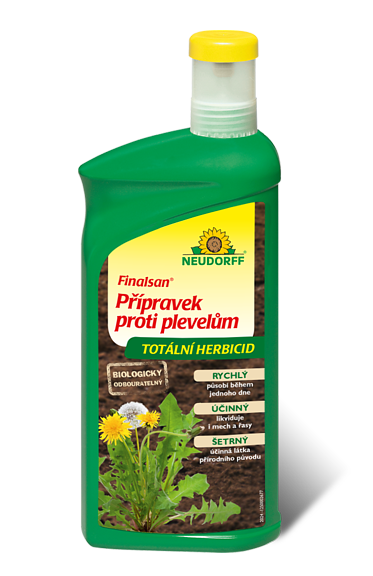Corylus maxima 'PURPUREA' purple-leaved filbert
Corylus
Hazelnuts do not need any introduction in Czechia or even the whole Europe as it is our domestic plant. All of us know these shrubs for their delicious nuts which are a natural food for our body and an important ingredient of many recipes. It is usually a medium to fast growing shrub with many upright shoots. But there are also cultivars that offer something special – coloured leaves or contorted branches.
Filbert is a hazelnut species from S.E. Europe and S.W. Asia and exhibits a vigorously growing many-stemmed shrub with deciduous leaves. Purpurea is an old variety with deep maroon to near black leaves. They are 5-12 cm long, 4-10 cm wide, and during summer the colour of maturing leaves changes to dark green with burgundy hues, while new deep maroon leaves continue to grow at the ends of the branches.
From late winter appear showy, 5-10 cm long, male catkins in pale red to burnt pink colour, female catkins are only 1-3 cm. The plant is self-fertile. In late summer they are followed by elongated, edible nuts that you can only enjoy if the squirrels don't steal them all. Have you seen how fast they are? The nuts ripen in late September.
Purple-leaved filbert grows fast producing many canes from the roots, so rather than a shrub it can be called an impenetrable thicket with showy foliage. On the other hand, it cannot be considered weedy since all its canes grow from an enclosed space. Its size varies between 3 and 6 meters in height and width, so give it a deserved space. It is happy in a lawn and does not mind people trampling on its roots or mowing the grass above them.
It can be pruned almost anytime, but if you are growing it for fruit, cut it right after flowering not to lose the fruiting branches. Hazel is not demanding on the soil type. It grows almost everywhere, even in heavy and wet soils where it will exhibit slow growth and thinner branching. If you grow it for fruit, plant it in fertile, well-drained, preferably calcareous soil and provide a pollinator – another hazelnut nearby. For the deepest foliage colour place it in full sun. Fully hardy to about -34 °C.
Last update 17-11-2022

4 921,5 Kč

7 820 Kč
Goods are shipped all over Europe. For Russia and U.K. and for further details please read about SHIPPING OPTIONS HERE.
Are you interested in a serious discount for orders NOV-FEB? Check your options here.
THE PRICES INCLUDE VAT of 15%. For quick conversion you can use 1 CZK = approx. 0.04 EUR
- STANDARD QUALITY - Plants of this group are 1st class quality with number of branches and overall density adequate to their size and age, considering they were container grown.
- DE LUXE QUALITY - This label guarantees a luxurious quality of manually selected plants that, compared to their height and age, are exceptionally dense and beautiful.
- EXTRA - These plants are usually mature and bigger specimens with exceptional overall appearance.
- STANDARD (as described in the plant form) means a tree with a trunk of 190-210 cm and a crown at the top, unless specified differently. The commercial size for trees is their girth measured in the height of 1m from ground.
- HOBBY - These plants are of the same quality as our standard-quality plants but younger and therefore cheaper.
- SHRUB - a woody plant with branches growing bushy from the ground level.
- HALF-STANDARD or MINI-STANDARD - a small tree with shorter trunk, its size is usually specified.
- FEATHERED - These are trees with branches growing already from the base of the trunk and up along the stem.
- GRASSES and PERENNIALS - Sizes given usually read the diameter of the pot or the clump, as specified.








































